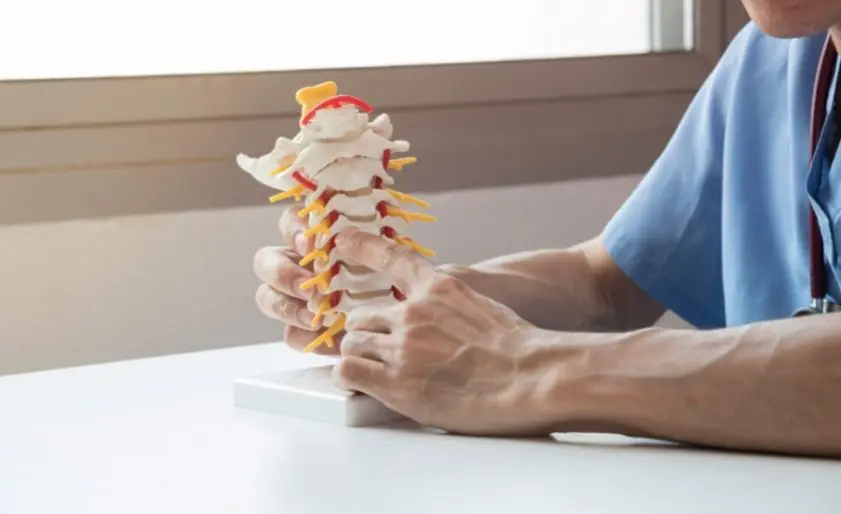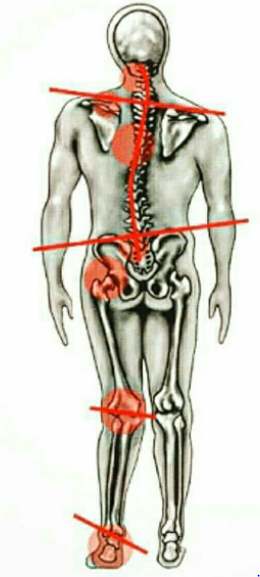At our Athens chiropractor’s office, we see patients of all ages, backgrounds, and experiences, and over time we’re accumulated some basic questions that we get asked regularly. We hope this clears the air, answers some thoughts or concerns you may have, and gives a little more insight into what we do!
What Is Upper Cervical Chiropractic?
- The brain, and more specifically the brainstem, controls every single function of our body including health and healing. The upper cervical bones, the Atlas and Axis, surround and protect the lowest part of the brainstem, thus they have an effect on the nerve signals from the brain to the body (efferent) and the body to the brain (afferent). When those top two bones are misaligned, they have a negative effect on brainstem function. This is why we see sickness, pain and dis-ease in those with Upper Cervical misalignments. These misalignments also negatively affect vertebral artery flow which can lead to things like headaches, migraines, brain fog etc.
- Upper Cervical Chiropractic focuses on realigning those top two bones so that every cell, organ and tissue in the body gets the appropriate signals so the body can function and heal as it was designed. Unlike a traditional chiropractic adjustment, there is NO twisting, cracking, or jerking with an upper cervical adjustment. This gentle adjustment realigns the top two bones, allowing the body’s normal healing process to take place.
What is the difference between Upper Cervical Chiropractic and traditional or regular chiropractic?
- One of the major differences between Upper Cervical and traditional chiropractic is the goals to be achieved. Traditional chiropractic typically aims to decrease pain and increase range of motion. These are great goals, and at AUCC we aim to meet those goals as well. The biggest difference is, we want to correct the underlying problem that is causing the pain or decreased range of motion or whatever other symptom you present with.
- The way we do that is with corrective upper cervical chiropractic care. We aim to, not only correct the misalignment in the upper cervical spine, but also correct the structural changes that have happened DUE TO the upper cervical spine being misaligned.
- An example might be the best way to illustrate this…
A patient like this might come in with their only complaint being low back pain. A traditional chiropractor might only adjust their lumbar spine (low back). At AUCC, we take full spine films, and in this example, the low back pain is a secondary problem that is being caused by the upper cervical spine being misaligned, causing the rest of the spine to compensate. This patient is the one who gets temporary relief at a traditional chiropractor, but never any lasting relief… UNTIL the upper cervical spine is also addressed, allowing the entire spine to be corrected.
What kind of symptoms can be caused by an upper cervical misalignment?
- Neck Pain
- Back Pain
- Numbness and Tingling in the arms/hands/legs/feet
- Carpal Tunnel
- Migraines/Headaches
- Disc Bulge and Herniations
- Vertigo
- Meniere’s Disease
- Multiple Sclerosis
- Fibromyalgia
- Tinnitus
- Pinched Nerve
- And too many more to list…
Does an Upper Cervical adjustment hurt?
Thankfully no, an Upper Cervical adjustment rarely, if ever hurts. Since there is not twisting, jerking, pulling or cracking, the adjustment is quite gentle, yet very powerful.
That being said, 20% of people do experience soreness later in the day after their first adjustment. This is typically the body reacting to the adjustment and it trying to “right” the head back in its proper position over the shoulders.
What to expect after your first Upper Cervical adjustment?
80% of people feel the same or better after the first adjustment. 20% of people notice discomfort or soreness from muscles that haven’t been properly used in years. This is usually alleviated within 24-48 hours, and can be alleviated sooner with some at home care.
How long will it take until I feel better?
There is no one size fits all answer to this question. There are too many differing factors from patient to patient to put a time frame on it. However, our goal is always to get you as pain free as possible, as soon as possible. Dr. Cave will go over his expectations for you individually after reviewing your x-rays and your case.

